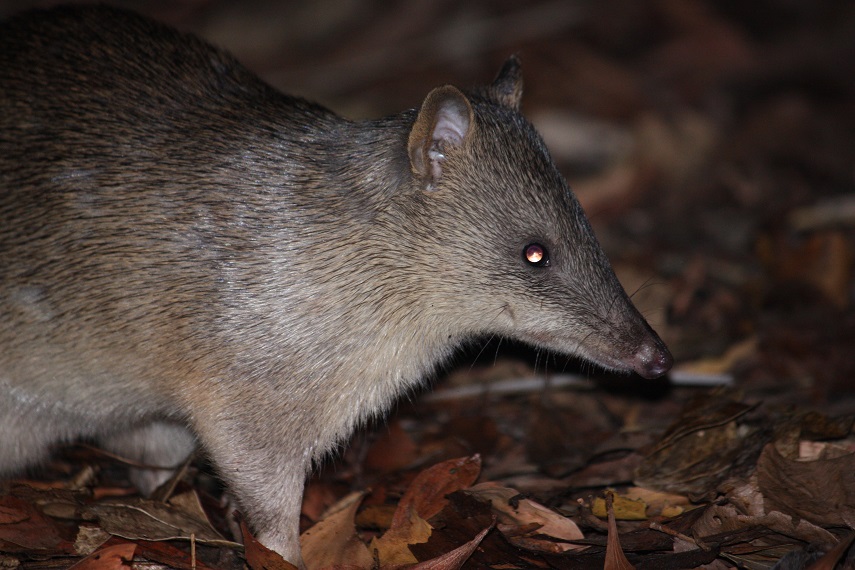Small mammals of the Cobourg Peninsula
Posted on 15 January, 2017 in Wildlife, CobourgAustralian mammals have had a tough time since European settlement. Introduced diseases, predators and competitors such as rabbits, foxes, pigs, cats and toads. Habitat loss and damage by farming, urbanisation and altered fire regimes have all taken their toll on our unique fluffy mates.
There are few places left on this continent with close to pre-settlement mammal populations and I'm lucky enough to work in one of them
Cobourg Peninsula is protected inside the traditional Arrakbi owned land of Garig Gunak Barlu National park in Western Arnhem Land. Although a few sneaky pests have managed to invade the park, well managed fire regimes and remoteness have meant that species all but gone from other areas are still in abundance. A nocturnal spotlight around Cobourg Coastal Camp uncovers an incredible diversity of marsupials and native rodents and is a must do for lovers of wildlife to uncover these secretive and elusive creatures.
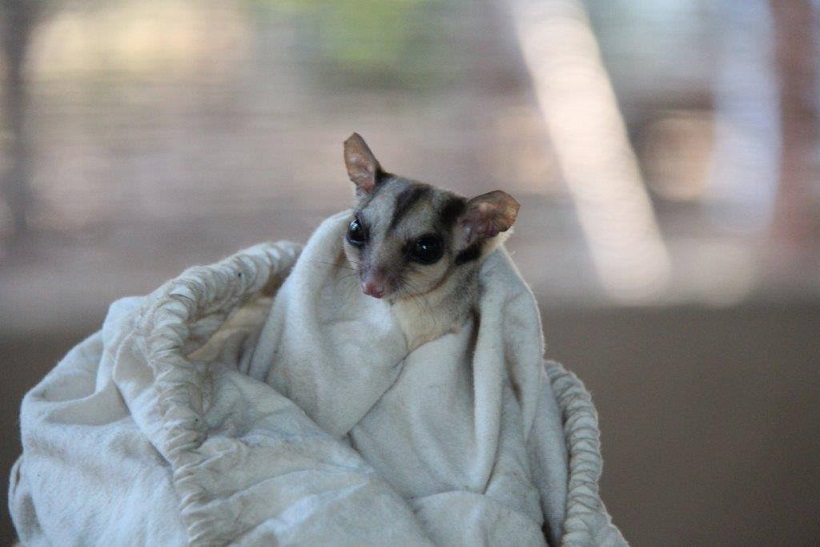
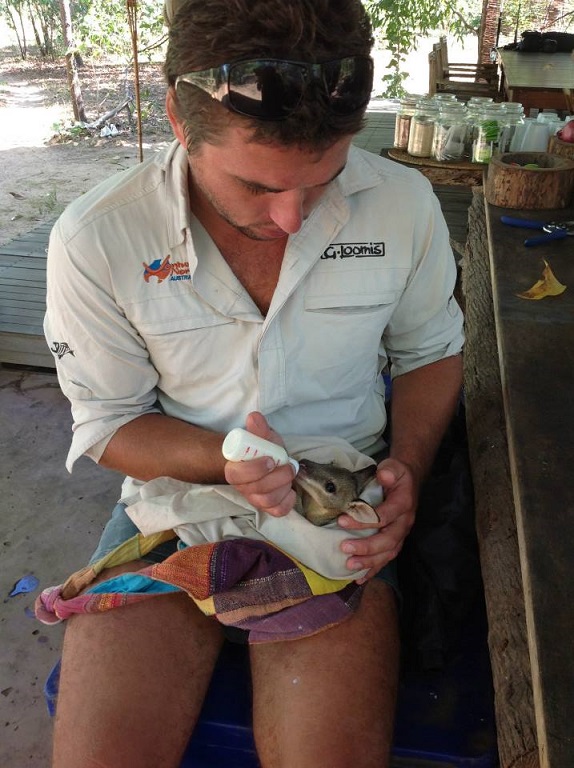
Left: Captured Northern savannah glider (and released) Right: Bottle feeding an Agile wallaby
The newly reclassified northern savannah glider, previously thought to be a sugar glider (Petaurus breviceps ariel), calls from the treetops with an odd growl and glides an impressive distance from limb to limb in search of sap and nectar. Black streaks and its unique gliding membrane make this cute fella an unmistakable sighting.
The adorable brush tailed rabbit rat (Conilurus penicillatus) gives itself away with its loud hopping through deep leaf litter as it bounces for safety towards the nearest tree. Its huge eyes, rounded ears and fluffy long tail are distinctive characteristics as it stares down startled.
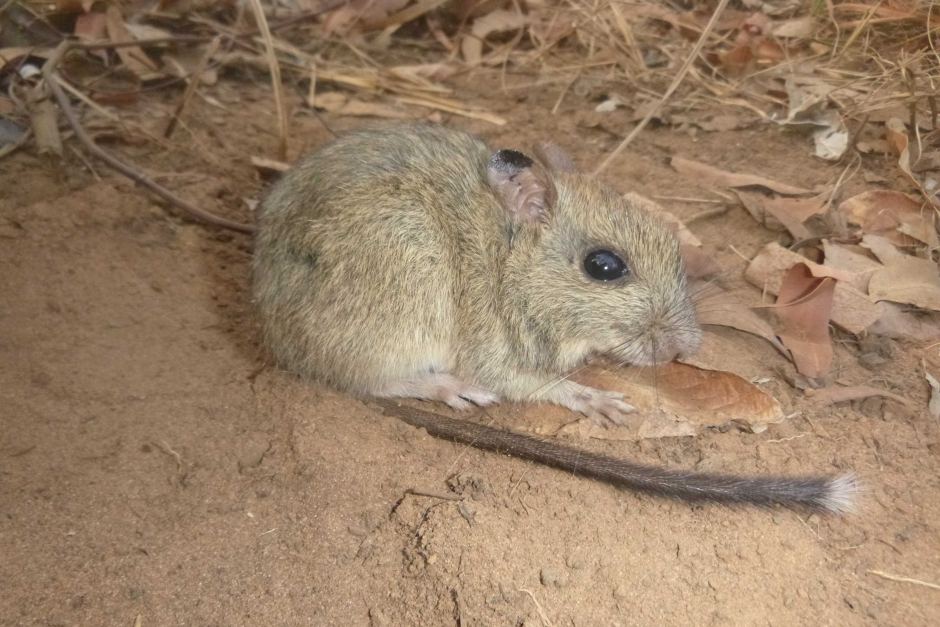
Brush-tailed Rabbit Rat
Grassland melomys (Melomys burtoni) scurry about on the forest floor but are agile climbers. They are the size of a large house mouse and have a virtually hairless, mosaic scaled tail, reddish brown fur and a pointed nose. A charming bush inhabitant.
Black footed tree rats (Mesembriomys gouldii) are endemic to Northern Australia and are the largest rodent found here! These solitary tree dwellers can be spotted perched on a log or sitting in the leaves of a spiky Pandanus. Their sheer size and course coat make them unforgettable.
Northern brown bandicoots (Isoodon macrourus) are the most common nocturnal marsupial spotted around the camp and often interrupt dinner times, showing off their inquisitive nature, pottering around the kitchen in search of a tasty dropped food scrap. Their holes along the camp paths every morning give away their abundance and hungry night time diggings.
Northern Brown Bandicoot
A Fawn antechinus (Antechinus bellus), frozen in the spotlight may look like a wary mouse to the untrained eye, but the Fawn antechinus, the Northern Territories only antechinus, is in fact a marsupial. Insectivorous and pale in colour they are veracious maters and after many vigorous sessions the male will die of exhaustion! What a way to go!
Recent findings of Northern quoll (Dasyurus hallucatus) tracks on a nearby beach give an optimistic outlook for one of our rarest marsupials whose numbers have plummeted since Cane toads invaded.
I wouldn't be surprised if these spotted natives start to make the odd reappearance after a long, sad absence from the Top End bush
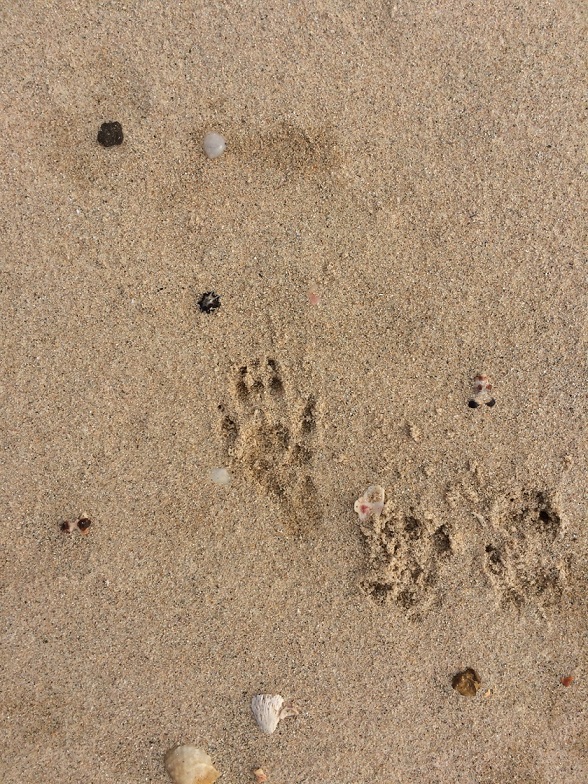
Northern quoll tracks on the beach near camp.
I never get sick of living amongst these treasured bush critters and with the hard work of rangers, traditional owners and scientists working together to protect this place I'm confident that Cobourg Peninsula will stay a wild refuge for generations to come.
Written by David McMahon; Venture North head tour guide.
© 2014 Venture North | ABN: 34 142 533 113 | Privacy Policy | Terms & Conditions
Darwin Web Design by Dash Media


